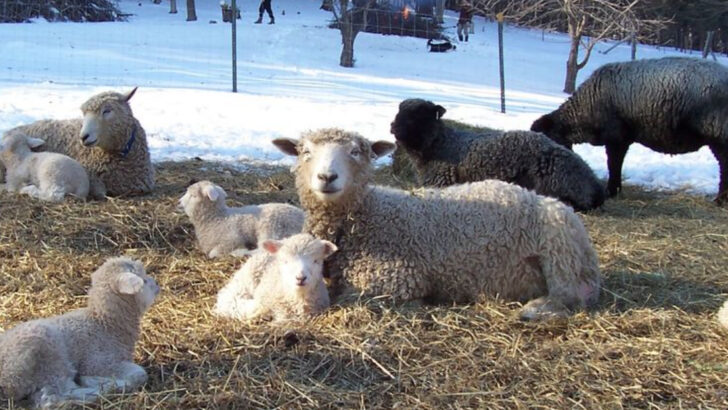They pulled plows, fed families, and stood their ground in blizzards and droughts.
Without them, early settlers might not have made it.
These animals weren’t pampered.
They were gritty, stubborn, and built for survival—just like the pioneers who raised them.
They gave milk through harsh winters.
They hauled logs through swampy forests.
They birthed generations of farmers… and then, quietly, began to disappear.
Fast-forward to today, and many of these once-essential breeds are clinging to survival on the edge of extinction.
Their names are fading from memory.
Their strength, forgotten by a world chasing faster growth and fancier breeds.
But these creatures are more than history—they’re living links to the rugged spirit that built a nation.
And they deserve to be seen again.
Let’s bring them back into the spotlight.
Here are the livestock breeds that helped settle America… and why they desperately need saving now.
Milking Shorthorn Cattle
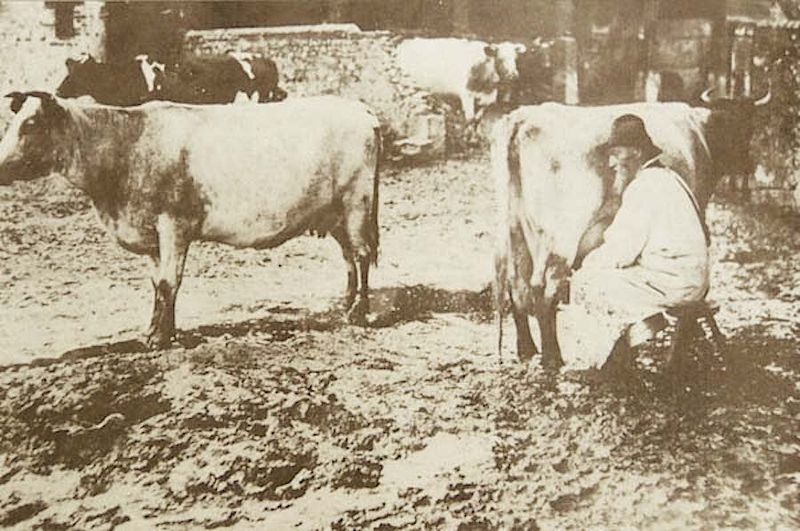
The Milking Shorthorn, with its distinctive roan coat, was the backbone of early American dairy farms. Known for its versatility, this breed provided both milk and meat, ensuring settlers’ sustenance. It could adapt to various climates, making it a favorite among pioneers. Today, despite its past prominence, the Milking Shorthorn is seldom seen in modern farms. Its decline is attributed to the rise of more specialized breeds. Efforts are underway to preserve this historic breed. Its gentle nature and adaptability make it a treasure worth saving. Preserving its legacy honors our agricultural heritage.
Narragansett Turkey
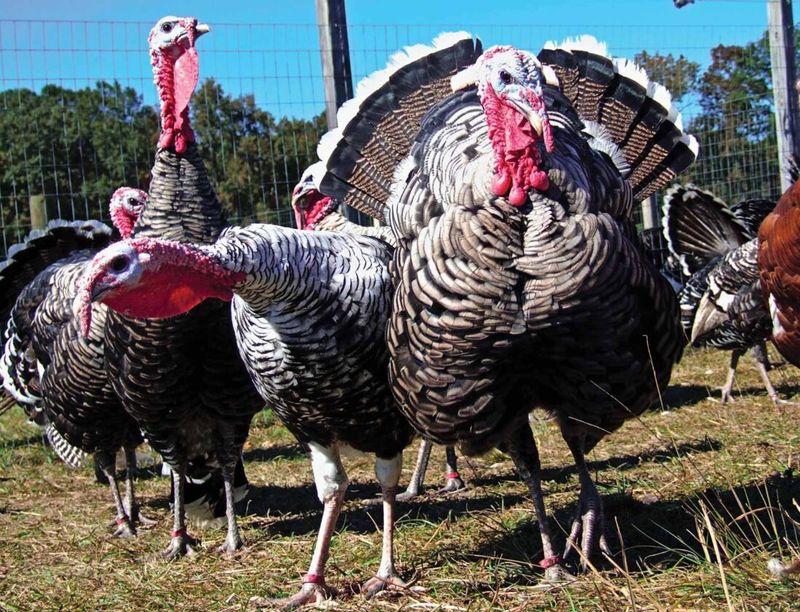
Distinctly American, the Narragansett turkey was a staple on colonial tables. Renowned for its flavorful meat, it was highly prized by settlers. Its striking appearance, with a mix of black, gray, white, and bronze, added beauty to farms. Sadly, its numbers dwindled due to industrial farming practices favoring faster-growing breeds. Revival efforts focus on heritage preservation, as the bird’s rich history makes it an essential part of America’s culinary past. Enthusiasts hope to see it regain its former popularity. Its story is a testament to the resilience of early settlers.
American Guinea Hog
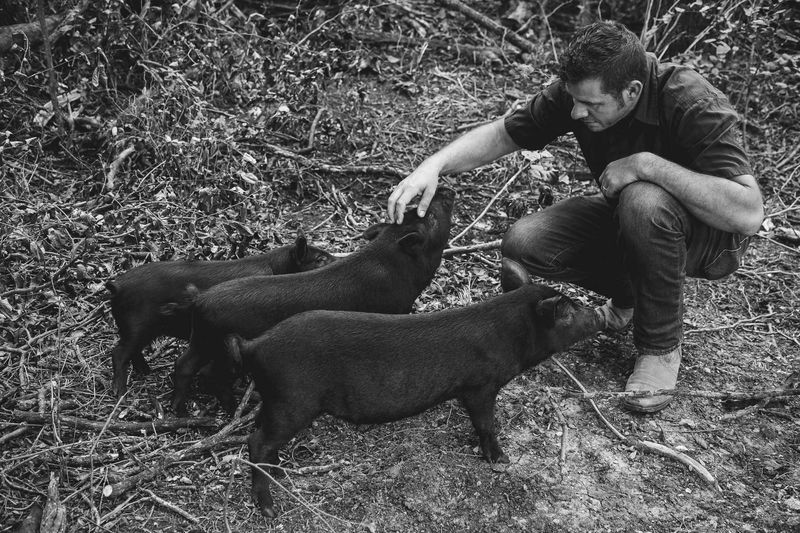
Beloved for its small size and friendly disposition, the American Guinea Hog was vital to early homesteads. Settlers appreciated its ability to forage and thrive on minimal resources. Known for its flavorful meat, it was a reliable food source. Sadly, as industrial farming expanded, its popularity waned. Today, heritage farmers celebrate the Guinea Hog’s contributions by working to revive its numbers. Its story reminds us of a simpler time, when sustainability was key to survival. This breed’s comeback is a nod to the ingenuity of early Americans.
Cotswold Sheep
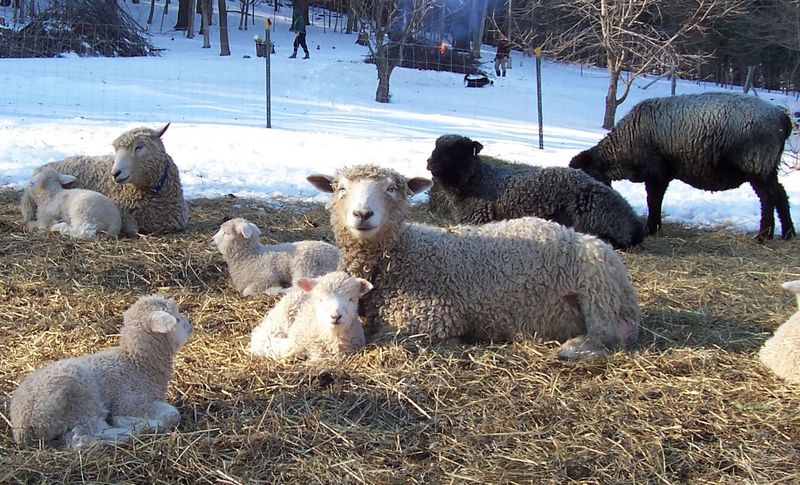
With lush, long wool, Cotswold sheep were prized by settlers for their dual-purpose nature. Not only did they provide meat and milk, but their wool was crucial for clothing and trade. Their gentle demeanor made them easy to manage. However, changing agricultural demands saw their decline. A resurgence in interest is now bringing them back to the forefront of heritage farming. Efforts to preserve their lineage are vital for maintaining agricultural diversity. The Cotswold’s rich history underscores its importance in sustaining early communities.
Ossabaw Island Hog
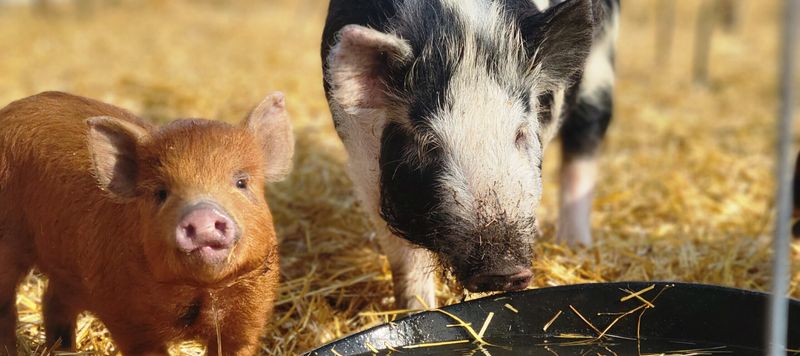
Originating from Spanish stock left on Ossabaw Island, these hogs adapted uniquely to their environment. Known for their hardiness and foraging ability, they were indispensable to settlers. Their small size and resourcefulness made them ideal for early farms. Unfortunately, industrialization led to a sharp decline in their numbers. Conservationists now focus on protecting this hardy breed. Their resilience is a symbol of survival in challenging conditions. The Ossabaw’s legacy is a remarkable chapter in the story of American agriculture.
Randall Lineback Cattle

Randall Lineback cattle, with their striking white lineback pattern, were once common in New England. Renowned for their strength and milk quality, they supported early farms efficiently. Their ability to thrive in rugged terrains made them invaluable to settlers. As agriculture modernized, their numbers dwindled. Today, preservation groups work to revive this rare breed. The Randall’s historical significance and genetic diversity make it a priority for conservation. Its unique appearance and heritage value capture the spirit of early American farming.
Choctaw Horse
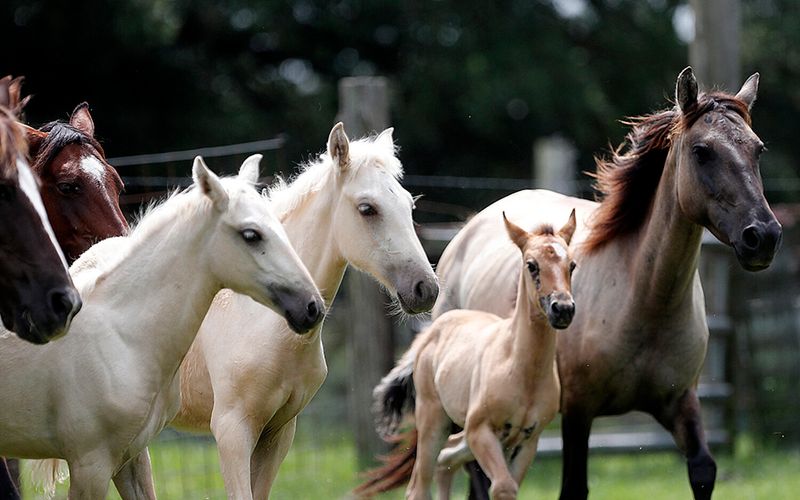
The Choctaw horse, small yet robust, was cherished by Native American tribes and settlers alike. Known for its endurance, it was perfect for long journeys and farm work. Its gentle disposition made it a beloved companion. As larger horse breeds became preferred, the Choctaw’s numbers fell. Preservation efforts now aim to protect its unique lineage. This horse symbolizes a vital link to the past, embodying the bond between humans and animals. Its story is a poignant reminder of the changing landscapes of American history.

